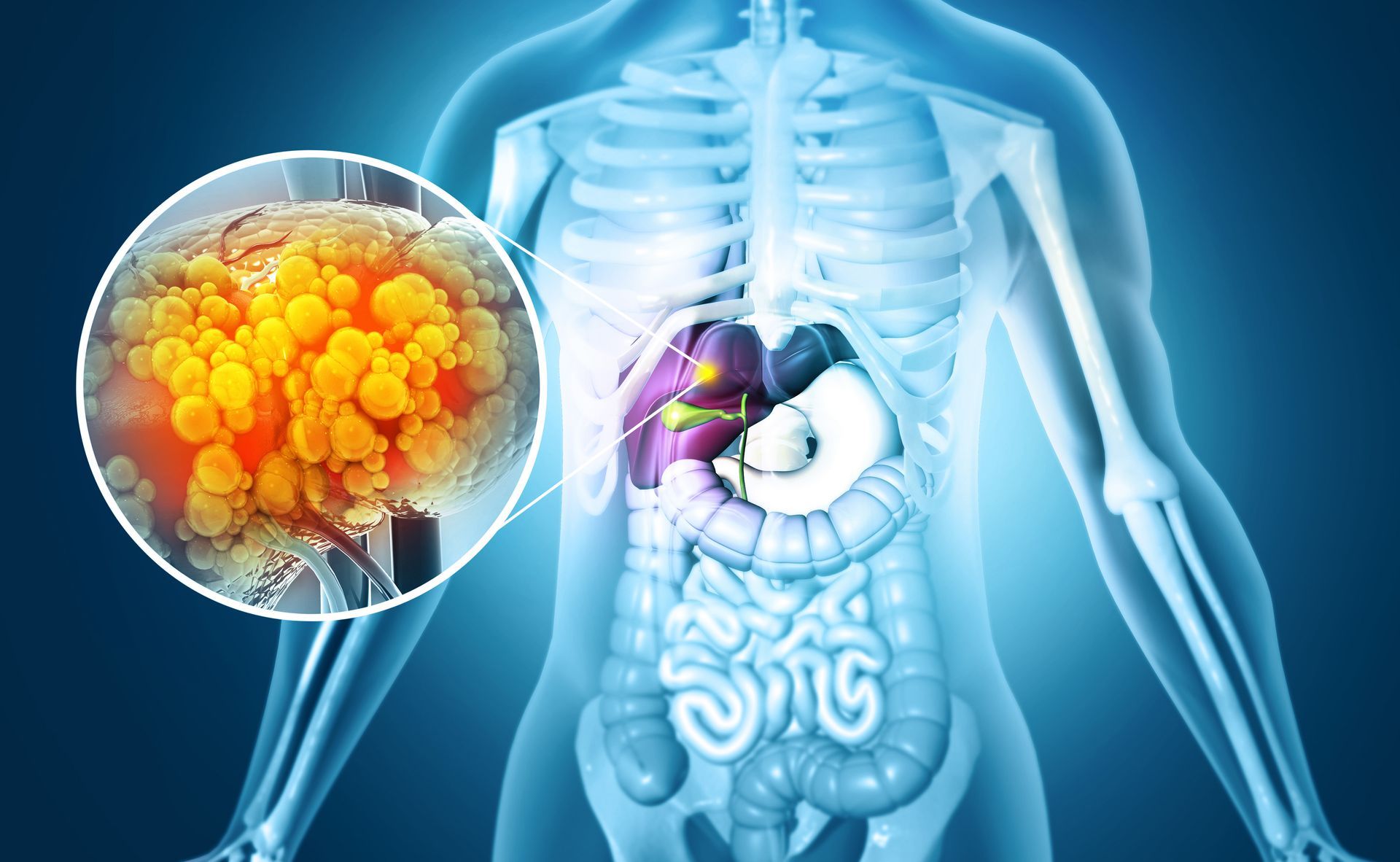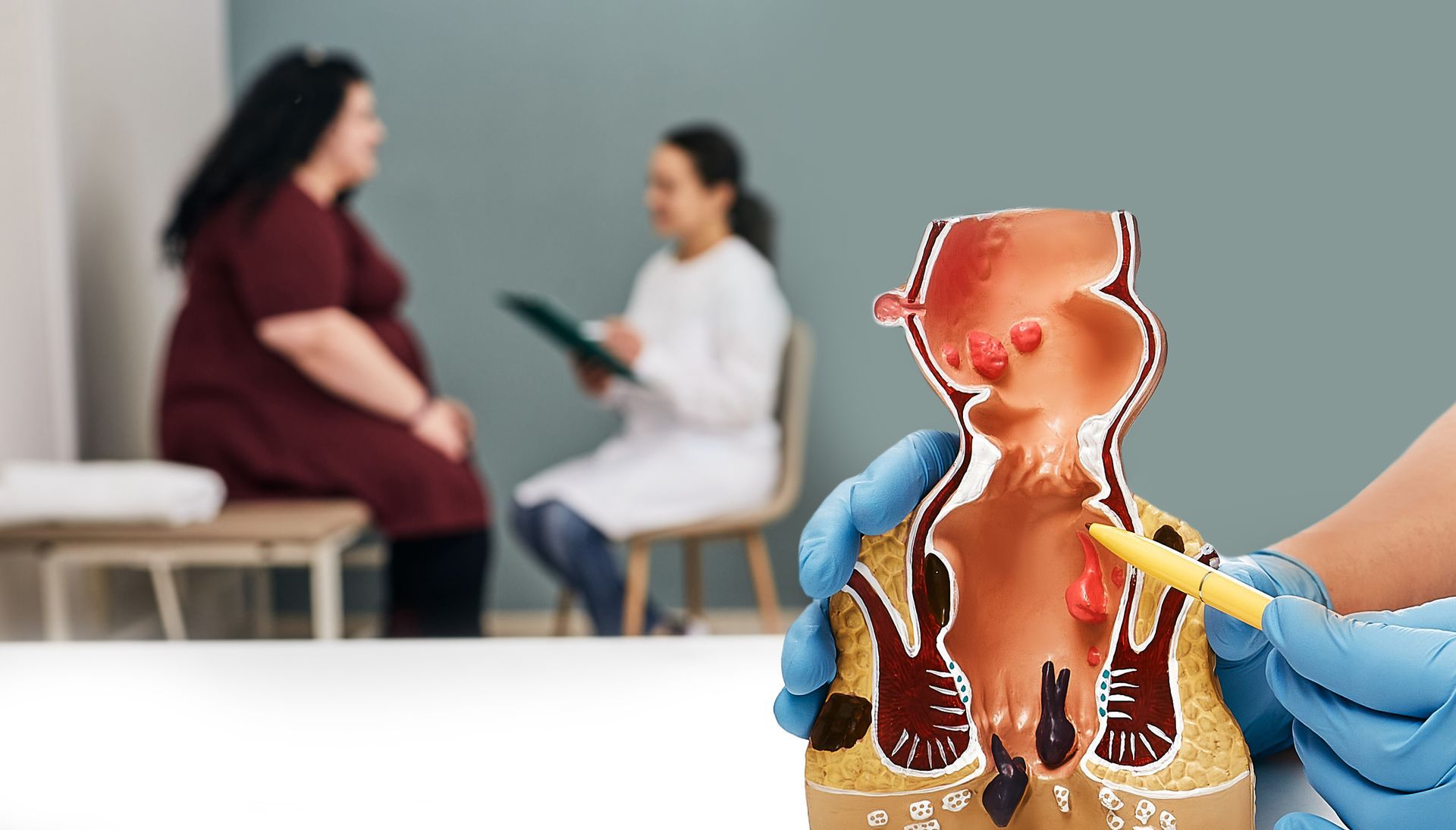H. Pylori Infections: Transmission, Symptoms, and Treatment
Helicobactor pylori (H. pylori) is the most common bacterial infection in the stomach, being found worldwide and in individuals of all ages. Approximately 50% of the world’s population is affected, although most will never experience any signs or symptoms. Still, H. pylori can and does lead to complications for some and requires proper medical treatment to resolve.
How Does H. Pylori Spread?
Although the exact methods by which H. pylori infects an individual remains unknown, person-to-person transmission of most likely occurs through direct contact with stool or saliva, while contaminated water supplies may serve as an environmental source of the bacteria. Eating salted food may also increase the possibility of persistent infection with H. pylori.
What are the Complications & Symptoms of H. Pylori?
In about 10 percent of cases, H. pylori infection is associated with open sores called ulcers which can be found in the stomach and the first part of the small intestine, called the duodenum. H. Pylori is also associated with chronic inflammation of the stomach called gastritis, and can eventually lead to stomach cancer. However, studies have indicated that the incidence of gastric cancer can be reduced by up to 40 percent with antibiotic treatment of the condition.
Symptoms of H. pylori can include pain in the upper part of the belly, bloating, feeling full after eating small amounts of food, nausea or vomiting, dark or black stools, or feeling more tired than usual. Other types of ulcers can occur from taking pain relieving medicines called NSAIDs, used primarily for treatment of headache and arthritis.
How is H. Pylori Diagnosed?
H. pylori can be diagnosed by blood tests, breath tests, stool tests, and a biopsy from the stomach lining during a procedure called an endoscopy. An endoscopy is a procedure that lets a doctor look inside the lining of the esophagus, stomach and first part of the small intestine. The doctor will take a small piece of tissue from the lining of the stomach. The tissue is then evaluated under a microscope to determine if H. pylori is present.
How is H. Pylori Treated?
H. pylori is treated with several medications, usually including two antibiotics to kill the bacteria and an acid-reducing medication called a proton pump inhibitor (PPI) or H2 receptor antagonist such as Zantac to help ulcers heal. Treatment usually takes two weeks. Breath tests or stool tests after treatment are completed in about 4 weeks to check that the H. pylori infection has resolved. This is because some medications including antibiotics and PPIs can cause a “false negative” test result even if H. pylori is still present.
Most of the time, H. pylori is cured with treatment. But sometimes, people may be required to take more medication. It is important to see your gastroenterologist for evaluation of H. pylori if you are experiencing any of the above symptoms.
CONTACT
850-763-5409
ADDRESSES
4 LOCATIONS
204 E 19th Street, B, Panama City
12216 Panama City Beach Pkwy, D, Panama City Beach
4295 3rd Ave, Marianna
101 Good Morning St., 109B, Port St. Joe
Subscribe to our newsletter:
subscribe to our newsletter
We will get back to you as soon as possible.
Please try again later.



